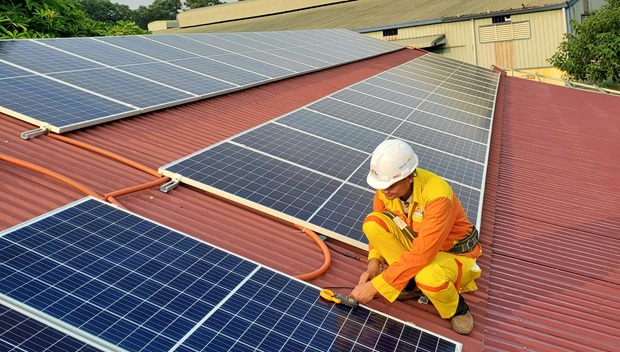India's Clean Tech Capacity Growth and Challenges Towards 2030
Key Ideas
- India aims for self-sufficiency in solar PV and wind energy by 2030 through supportive policies and local manufacturing incentives.
- Challenges such as technological innovation gaps, skilled labor shortages, and inconsistent policy enforcement may hinder progress.
- India faces obstacles in achieving renewable energy targets, especially in the wind sector, despite growing manufacturing capacities.
- Hydrogen targets in India are seen as ambitious, with challenges in electrolyzer capacity and the overall development process.
A report by the Clean Energy Technology research team at S&P Global Commodity Insights highlights India's efforts to enhance clean tech capacity by 2030. With initiatives like the PLI scheme, India aims to reduce reliance on imports and boost local manufacturing in the clean energy sector. Projections suggest significant growth in PV modules, wind nacelles, battery cells, and electrolyzers by 2030, driving self-sufficiency goals. India is also capitalizing on international trade restrictions, improving export activities. However, challenges including technological gaps and policy inconsistencies pose hurdles. Despite strides in clean energy, obstacles in the wind sector and hydrogen development remain. Achieving clean energy targets requires overcoming these barriers to solidify India's position as a global leader in clean technology.
